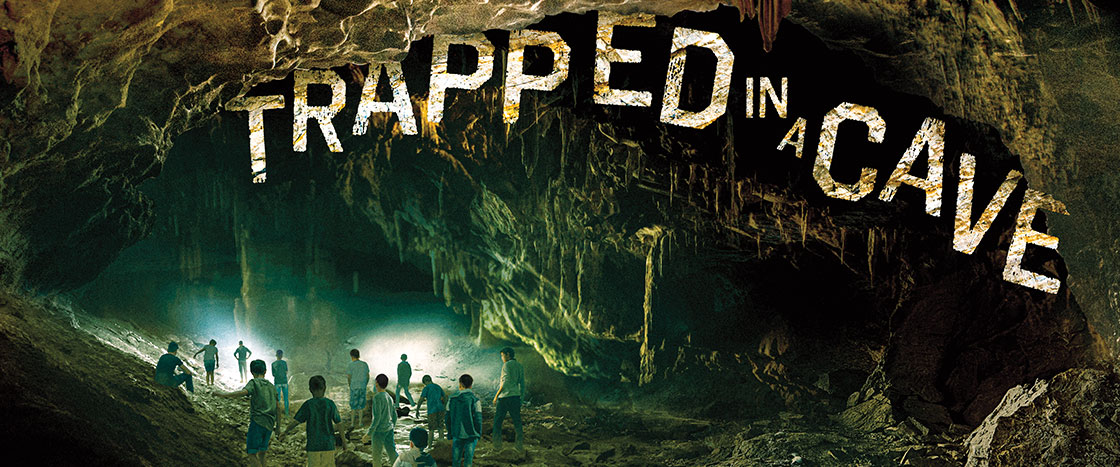Deep inside the pitch-dark cave, 12 young soccer players stood with their coach. The boys had spent a thrilling afternoon exploring a giant cave called Tham Luang Nang Non. It was a few miles outside their hometown in northern Thailand, a country in Southeast Asia.
Now they were hiking back out. But they needed to hurry. It was June 23, 2018. One of the players, a boy named Night, was having his 17th birthday party soon. There was just one problem. Choppy water swirled ahead of them, blocking their way out of the cave.
The boys were confused. When they had come through the passageway earlier, it had been dry.
Then they realized the awful truth: The cave had flooded, and they were trapped inside.
Deep inside the pitch-dark cave, 12 young soccer players stood with their coach. The boys had spent a fun afternoon exploring a giant cave. It was called Tham Luang Nang Non. It was a few miles outside their hometown in northern Thailand. That’s a country in Southeast Asia.
Now the boys were hiking back out. But they needed to hurry. It was June 23, 2018. One of the players, named Night, was having his 17th birthday party soon. There was just one problem. Choppy water swirled ahead of them. It blocked their way out of the cave.
The boys were confused. That same passageway had been dry earlier.
Then they realized the awful truth: The cave had flooded. And they were trapped inside.

